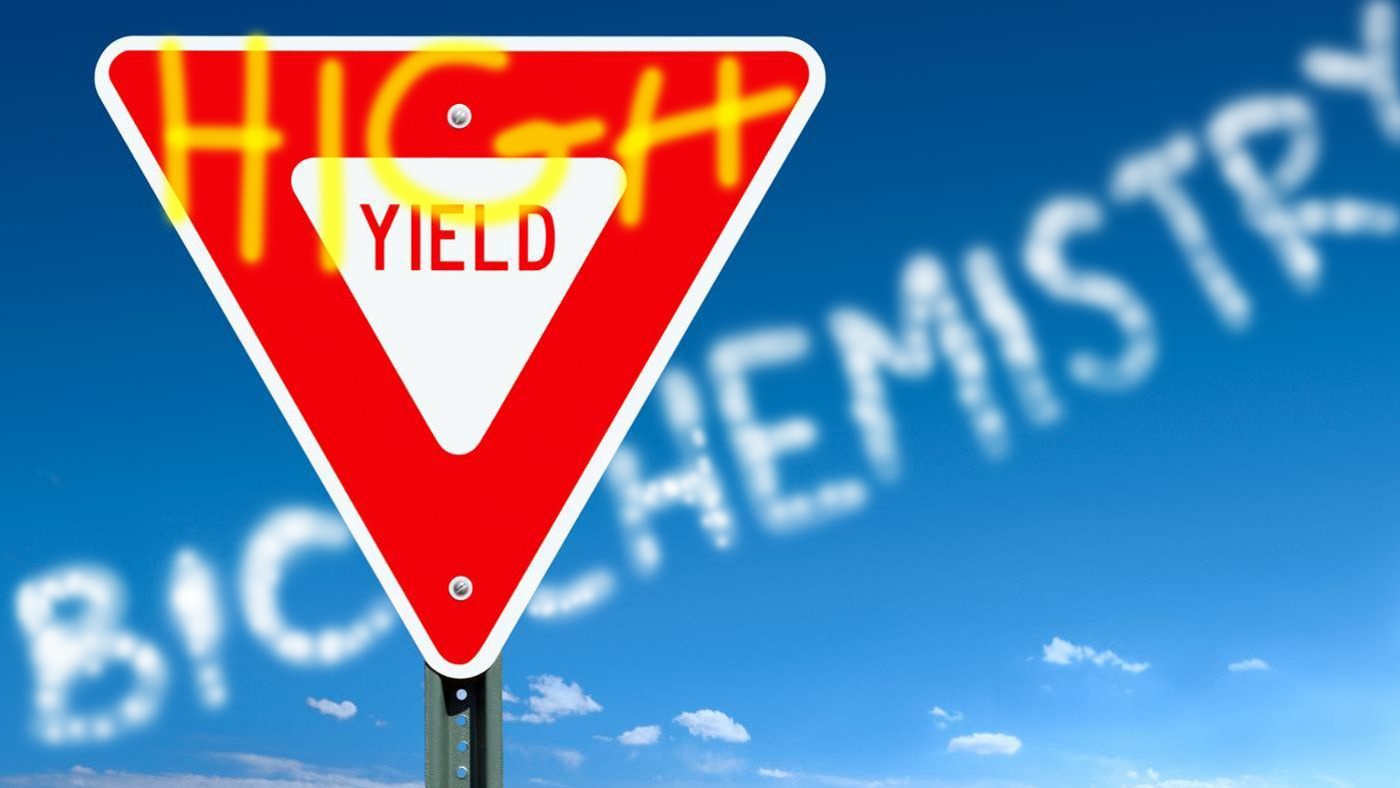How would you describe studying for Step 1? Is it internalizing data? Or would you call it pattern recognition? Is it retaining facts, or applying knowledge? Likely all the above. But at some level, studying for Step 1, or any exam for that matter, is about triaging information. In your 800 pages of First Aid and 2000+ UWorld questions (leaving aside hundreds of flash cards and possible second question bank), your task is to learn as much as possible. Hanging onto the entirety of this information is an impossibility; at some point you need to be happy enough with having an “acceptable” handle on the material. While aiming for “good enough” might feel like selling yourself short, many students will express the feeling of having “hit capacity,” and find it difficult to put more info into a fact-laden noggin.
How much is enough? Our incredible neuroplasticity would argue that with enough time, all this data could be learned and held on to – it is indeed finite. But the two or three years of medical school leading up to Step 1 is probably not enough time to figure everything out. At some point, you need to point your focus on what’s high-yield. This is a difficult prospect for someone who has never taken the test. How to know what’s important enough to demand more intense focus, and what is factoid fluff? Simply ask….(The numbers in parentheses show how high-yield a topic is, with 10 being highest).
DNA Replication, Mutation, and Repair (8)
The nice thing about this section is that by now, it should be old hat. You’ve been learning about DNA since 8th grade. Perhaps not to this level of knowledge, but the paradigm has been cemented year after year. It is certainly worth integrating the continuum of replication, transcription, translation, mRNA, tRNA, and rRNA. It is, after all, the magic of getting from genetic code to active protein.
Cell structure (organelles) & Collagen (6.5)
It behooves you to know how a cell works, how each organelle serves a function, and the relationships between them. Again, an age-old academic concept by this point. Collagen, it’s synthesis, and more importantly, role in clinical disease (osteogenesis imperfecta, Ehlers-Danlos) is quite useful.
Modes of Inheritance (7)
Pedigrees! Get comfortable with all those squares, circles, and inheritance patterns. You must know what an autosomal dominant vs. an X-linked recessive inheritance pattern (and others) looks like. Not only that, but compartmentalizing diseases by their inheritance pattern will help you tease out diagnoses from pedigrees. That is, keep all of your autosomal dominant diseases in one box, and your autosomal recessive diseases in another.
Classic genetic diseases (8.5)
Knowing the specifics for the genetic diseases that get tested over and over again is essential. Cystic Fibrosis, your classic autosomal recessive deletion; muscular dystrophy, the picture of an X-linked frameshift/nonsense mutation; Huntington’s disease, a trinucleotide repeat; and Down syndrome, the paradigm for trisomy…these diseases are excellent teaching models for how genetic errors express themselves phenotypically. Knowledge of these diseases, and their counterparts, goes a long way
Vitamins and Nutrition (7)
Argh, vitamins. There are too many, they’ve got nondescript names, and they are as essential as their knowledge. While a lack of vitamin knowledge won’t give you a disease (perhaps low score-emia?), nutritional deficiency of them will. It’s important to know these very-testable diseases (e.g., pernicious/megaloblastic anemia, pellagra, scurvy, Wernicke-Korsakoff, rickets, etc.). As a general rule, any biochemical connection that can be made to a clinical problem is higher-yield than a simple step in a pathway.
Biochemical pathways (4-9)
I’m yet to work with a student who loves memorizing pathways. In fact, it’s the bane of most. Some pathways are more important to integrate into your knowledge framework than others. Glycolysis and gluconeogenesis are on the higher side of the scale. TCA cycle and urea cycle are also very important. And more important than committing every single step and enzyme to memory (although even that can be more important than I’m happy to admit), is understanding the big picture of the cycle and how it fits into bodily processes. Understanding gluconeogenesis’s role in starvation and recalling that metformin inhibits gluconeogenesis, thus helping diabetics, is of higher yield than remember how to get from 1,3-BPG to 3-PG and back. G6PD deficiency, another biochemical pathway with clinical implications, is also up there. The lesser known metabolic diseases, like maple syrup urine disease, alkaptonuria, and cystinuria are not quite as important. We’ll get to glycogen below.
Catecholamine synthesis (6.5)
A pretty important tidbit, as catecholamines are pretty essential for life, and you will feel their sweet buzz on test day for sure.
Glycogen (7.5)
This one ranks high not only for its role in energy production and storage, but also for the diseases that result from issues with storage. Again, the big picture flow from glucose molecule to glycogen chain, and glucose liberation from a glycogen chain are more important than any individual step in the pathway. As annoying as they are, devote some time, optimally close to test day, for the more-crammable glycogen and lysosomal storage diseases. Their clinical manifestations are a rung higher on the high-yield ladder than the individual enzymes involved. But as always, the more complete you know something, the better off you’ll be
Remember, as a whole, biochemistry won’t be as represented on the test as more clinically-relevant material, so don’t let your frustrations with it derail your studying. If you can’t redraw every reaction intermediate in every cycle, you are not alone. You can still get a solid score without perfection of these annoyances.
Want more help mastering pathways? In this webinar, Dr. Michael Trainer and Leah Gober break down high yield Step 1 pathways and their clinical pathophysiology:










